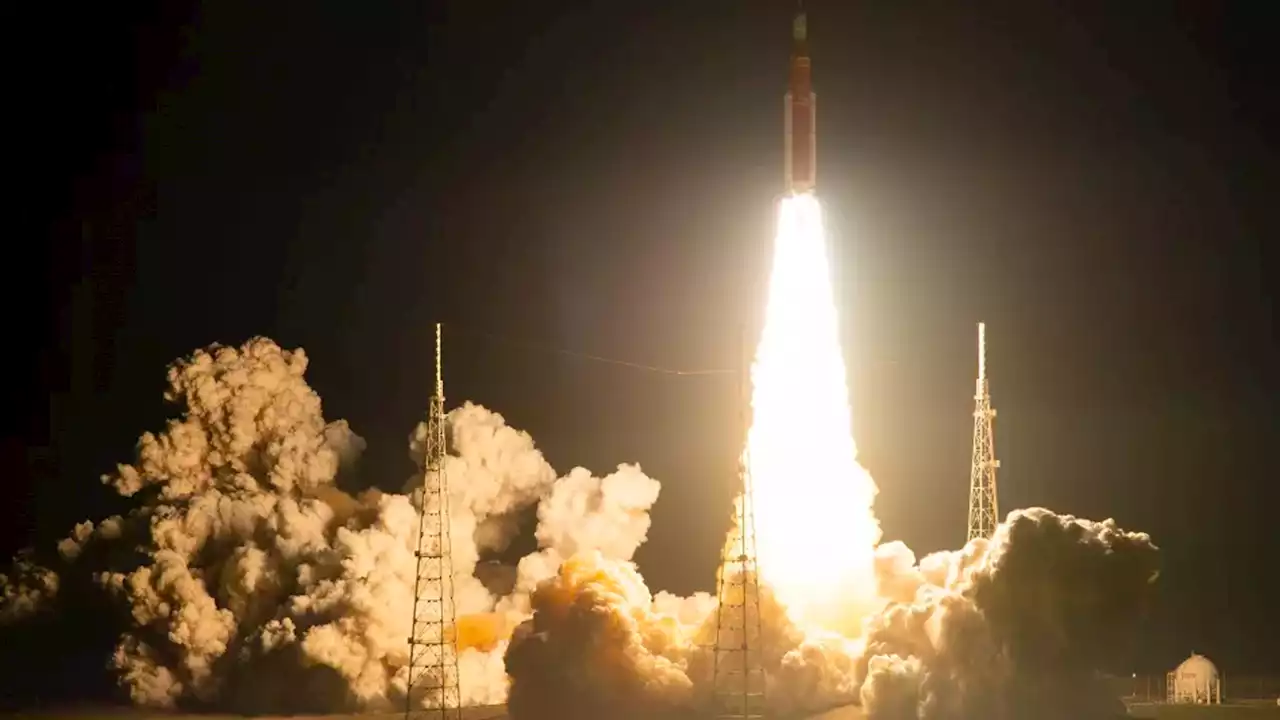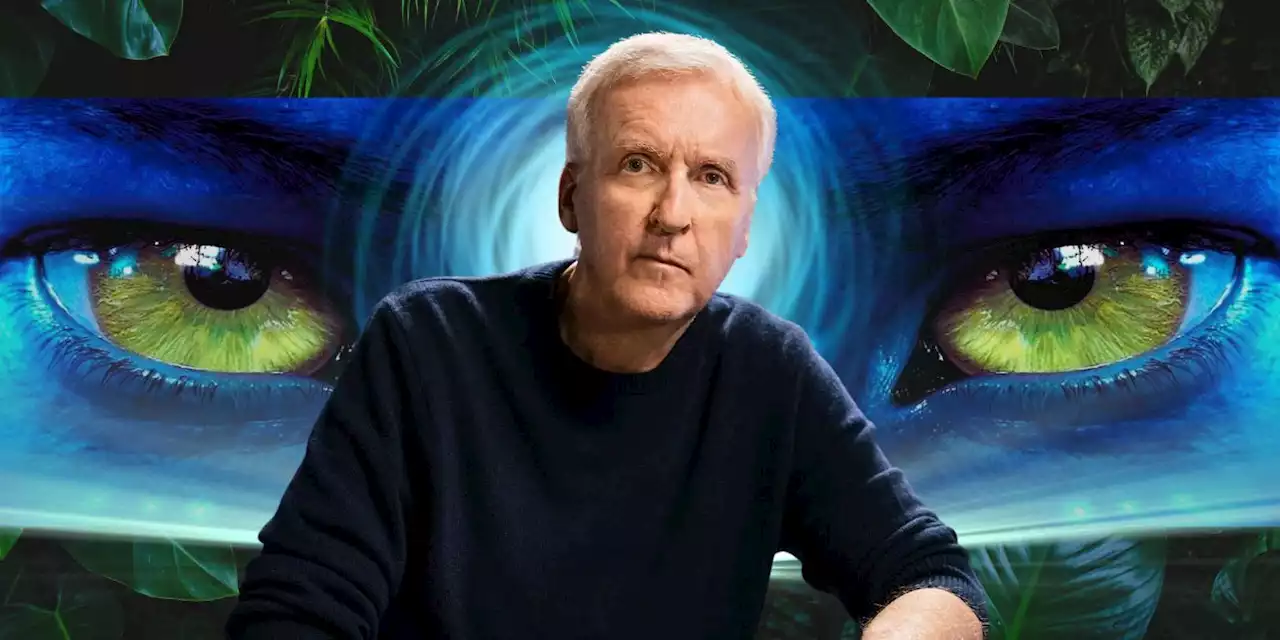Keith Cooper is a freelance science journalist and editor in the United Kingdom, and has a degree in physics and astrophysics from the University of Manchester. He's the author of 'The Contact Paradox: Challenging Our Assumptions in the Search for Extraterrestrial Intelligence' (Bloomsbury Sigma, 2020) and has written articles on astronomy, space, physics and astrobiology for a multitude of magazines and websites.
and galaxies had formed, the universe was dark and shrouded in a fog of neutral hydrogen gas. Ultimately light, particularly ultraviolet radiation, ionized that fog. But where did that light initially come from to end the cosmic dark ages? supermassive black holes
, which are surrounded by accretion disks of brilliantly hot gas and shoot powerful jets into space. The question of which came first — galaxies or their black holes — is one of the biggest conundrums in cosmology, a kind of chicken or egg question. Already, JWST has found that the early galaxies it is detecting are brighter and more structured than expected, with distinct disks around bulbous cores already filled with stars. This characteristic suggests that fully-formed galaxies were on the scene quickly — but whether they already contained supermassive black holes remains to be seen. Fortunately, JWST is designed to answer this question, and when it does it will provide a huge piece of the jigsaw that is the puzzle of the early universe.
When a planet passes in front of its star, some of the star's light filters through the planet's atmosphere, and molecules in the atmosphere can absorb some of that starlight, creating dark lines in the star's spectrum, a barcode-like breakdown of light by wavelength.
United States Latest News, United States Headlines
Similar News:You can also read news stories similar to this one that we have collected from other news sources.
 The James Webb Space Telescope wasn’t the only big space news in 2022DART crashed into an asteroid, Artemis went to the moon and we got a pic of our galaxy’s monstrous black hole. Space was a busy place this year.
The James Webb Space Telescope wasn’t the only big space news in 2022DART crashed into an asteroid, Artemis went to the moon and we got a pic of our galaxy’s monstrous black hole. Space was a busy place this year.
Read more »
 JWST Has Spotted Never-Before-Seen Star Birth in The Carina Nebula, And It's GloriousThe powerful James Webb Space Telescope is a mighty technological tool.
JWST Has Spotted Never-Before-Seen Star Birth in The Carina Nebula, And It's GloriousThe powerful James Webb Space Telescope is a mighty technological tool.
Read more »
 The James Webb telescope gets glimpses of small, far-off planetsWhen the James Webb Space Telescope was first dreamed up, exoplanets hadn’t even been discovered yet. Now the observatory is showing astronomers what it can learn about planets orbiting other stars — including the small ones.
The James Webb telescope gets glimpses of small, far-off planetsWhen the James Webb Space Telescope was first dreamed up, exoplanets hadn’t even been discovered yet. Now the observatory is showing astronomers what it can learn about planets orbiting other stars — including the small ones.
Read more »
 Hubble Space Telescope Captures Festive and Free-Floating SceneJust in time for Christmas, this new Picture of the Week from the Hubble Space Telescope features a glistening scene in holiday red. This festive image shows a small region of the well-known nebula Westerhout 5, which is located approximately 7,000 light-years from Earth. Suffused with bright red li
Hubble Space Telescope Captures Festive and Free-Floating SceneJust in time for Christmas, this new Picture of the Week from the Hubble Space Telescope features a glistening scene in holiday red. This festive image shows a small region of the well-known nebula Westerhout 5, which is located approximately 7,000 light-years from Earth. Suffused with bright red li
Read more »
 The first planet found by the Kepler space telescope is doomedThe exoplanet dubbed Kepler 1658b is spiraling toward its host star and will meet a fiery death in less than 3 million years.
The first planet found by the Kepler space telescope is doomedThe exoplanet dubbed Kepler 1658b is spiraling toward its host star and will meet a fiery death in less than 3 million years.
Read more »
 All the Ways James Cameron References James Cameron in 'Avatar: The Way of Water'There are callbacks to many of James Cameron's most well-known movies in 'Avatar: The Way of Water.'
All the Ways James Cameron References James Cameron in 'Avatar: The Way of Water'There are callbacks to many of James Cameron's most well-known movies in 'Avatar: The Way of Water.'
Read more »
